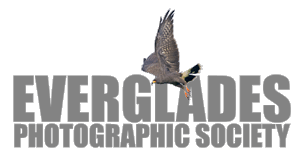|
Backyard Nature Photography
by Jake Paredes
The backyard can be the most accessible place for nature photography. No travel required, therefore no fuel consumed, no pollution added to our already suffering ecology, and all from the comforts of home. One can be sunning oneself, gardening or just relaxing with the camera close by when nature photo ops present themselves for the picking. Or one can also actively pursue nature photography, looking for the different species of birds or doing macro among the flowers and grass.

The “backyard” can include an area as large as your neighborhood or as small as the property lines you call your residence. I have a backyard surrounded by trees which give the appearance of a woodland. I have a small pond where I keep a few fish. I have birdbaths and water containers where the birds drink and take their daily ablutions to keep them cool during the hottest part of the day. Some of my trees produce fruit, such as the Suriname Cherry, Tamarind, a couple of palm trees, a Cherry Guava and a few other wild ones that were planted by the birds themselves. The woodland appearance gives the birds a lot of hiding places where they can seek shelter during a rain or refuge when a hawk is around. I also have a small veggie garden where we grow some string beans, leafy vegetables, and oriental eggplants for our consumption.

My front yard is always full of flowers year-round which my wife maintains meticulously. During the winter, we grow the colorful annuals as Phlox, Snapdragons, Queen Anne’s Lace, Blue Salvia, Alyssum and a few others. In the summer, we let the red, white and pink salvia take over the flower beds. The flowers attract a lot of bugs, such as moths, skippers, butterflies, dragonflies and a few others that come as a surprise and need to be identified by the experts at bugguide.net. We do not use any pesticides in our yard, none, what-so-ever. The smaller birds take care of the pests in my garden.
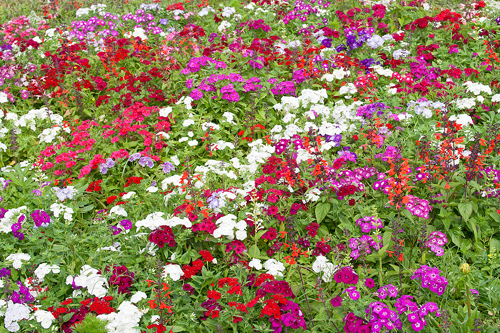
To attract the birds, we have a several feeders. My wife complements the bird seeds with leftover bread and rice. The bird feeders attract many kinds of birds, mostly the common grackles but they also attract some of the more attractive birds to the backyard. Some of the birds I have photographed in my backyard are Blue Jays, Red-bellied Woodpeckers, Spot-breasted Orioles, Blue-grey Gnatcatchers, Palm Warblers, American Redstarts, Painted Buntings, Cooper’s Hawks, Red-shouldered Hawks, Eurasian Collared Doves, White-winged Doves, Mourning Doves, Green Heron, White Ibis, Cedar Waxwings, Ospreys, an occasional Ruby-throated Hummingbird, and many other species that been seen but not yet photographed..
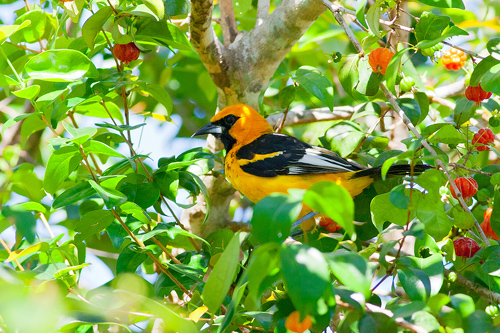
Many of the species mentioned are seasonal visitors that show up during winter and early spring. When they first arrive, they are a bit skittish but after a few days, they begin to get used to one’s presence and fly around like they own the yard.

Most of the time, I use my 400mm lens. I also use my 70-200mm for the more approachable species. Of late, I have acquired a 300mm lens which is ideal for the backyard. The lens produces wonderful bokeh (background blurring) which can hide some of the unsightly sections of the backyard from getting in the picture. I use this lens especially for butterflies.
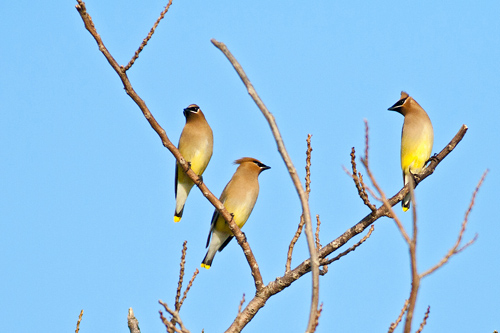
I attracted a pair Red-bellied Woodpeckers by preparing a special feeder for them. I drilled about a dozen ½” holes on a dead tree branch and filled these holes with peanut butter. The two are now regulars and also feed on seeds, peanuts, and bread. Every so often I still give them the peanut butter treat. Early one summer, they brought to our yard the 2 offsprings they produced in the spring.
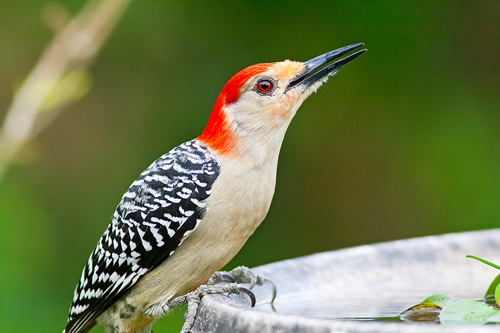
The Bluejays are the most spoiled of our visitors. My wife has a special feeder for them, an old bird cage with the door permanently open where she places the peanuts for the Bluejays. The Red-bellied Woodpeckers also get peanuts from the cage and Bluejays give them a wide berth when they’re around.
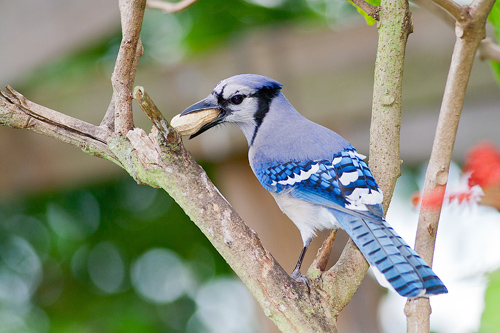
Even without a camera, I enjoy my yard tremendously as I can commune with nature right at my home. We put in a lot of work to maintain our backyard but we get a lot of satisfaction and nutrition in return.

I am very happy that I have a backyard where I can do nature photography.
Home | Discuss
|
| Images from Jake's Backyard |
|
Flickr Set: Back Yard
|
|
